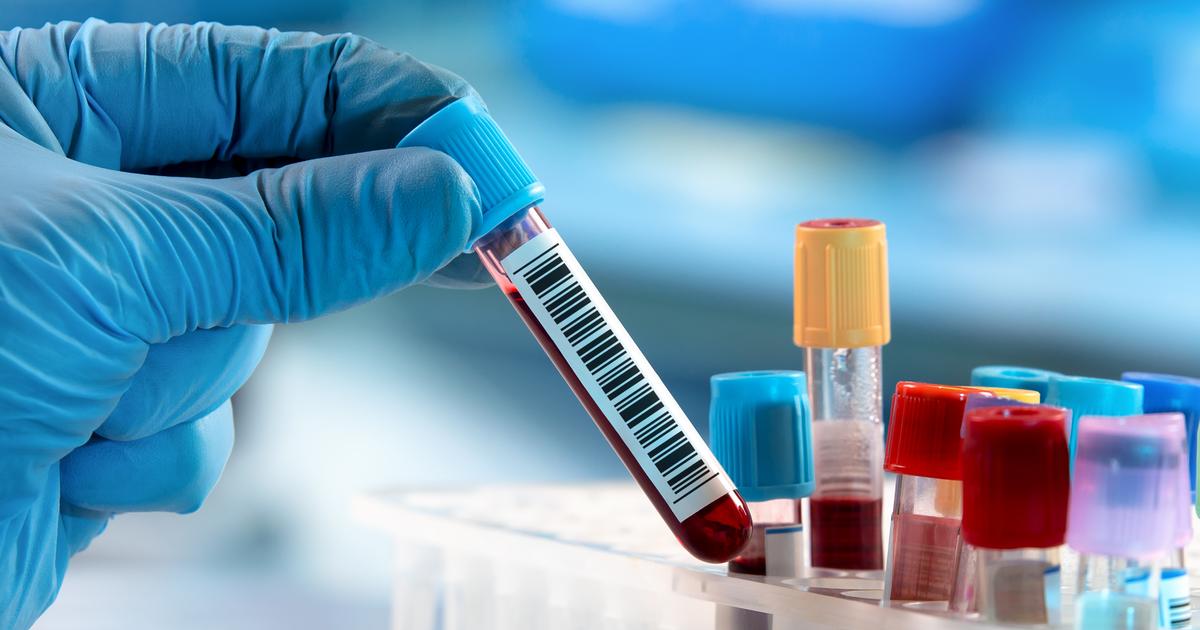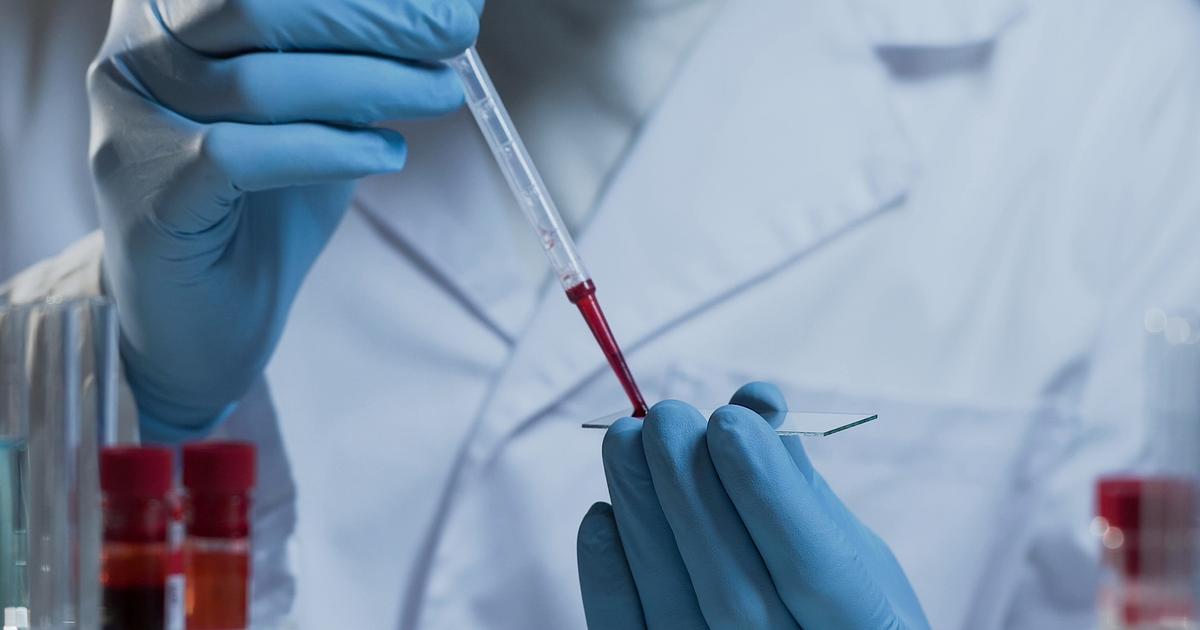Guide To Understanding The Different Blood Types
Type B
Both the B negative and B positive forms of blood are especially rare in the United States. Nine percent of Americans have B positive blood, and only two percent of individuals around the country have B negative blood. Type B blood has a marker known as marker B, and it lacks any other markers. However, type A antibodies are found in the plasma of type B blood. Patients with B positive blood can donate blood to individuals with B positive or AB positive blood. They can receive blood that is O negative, O positive, B negative, or B positive. Those with B negative blood can donate to patients with B negative, B positive, AB negative, or AB positive blood types. Additionally, individuals with B negative blood can receive transfusions of either B negative or O negative blood.
Continue reading to reveal more facts about different types of blood now.
Type AB

Blood classified as type AB contains both A and B markers. No A or B antibodies are found in type AB plasma. Three percent of Americans have type AB positive blood, and just one percent of the population has AB negative blood. Thus, AB negative is the rarest blood type in America. Patients with the AB blood type are considered universal plasma donors because patients with any blood type can receive their plasma. Individuals with AB positive blood can donate their blood to patients who also have AB positive blood. They can receive blood transfusions of any blood type. Patients with AB negative blood can donate their blood to individuals who have either AB positive or AB negative blood. It is safe for them to receive AB negative, A negative, B negative, or O negative blood.
Learn about Rh factor and blood next.
